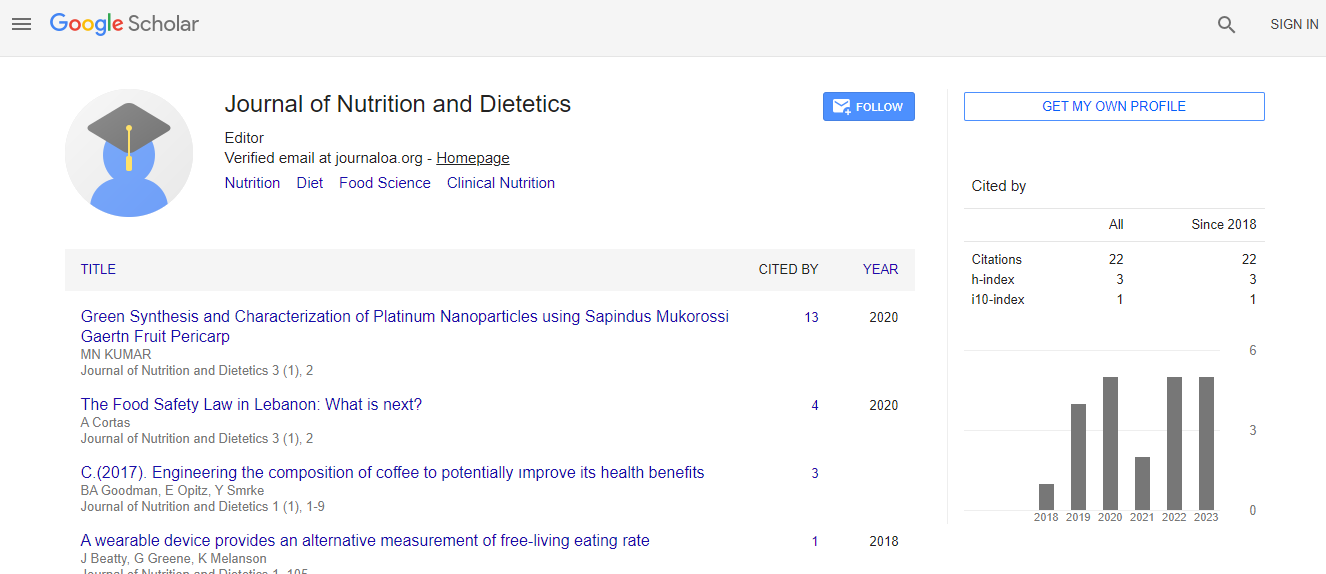Effects of Obesity in Various Cardio diseases
*Corresponding Author:
Copyright: © 2020 . This is an open-access article distributed under the terms of the Creative Commons Attribution License, which permits unrestricted use, distribution, and reproduction in any medium, provided the original author and source are credited.
Abstract
Beneficial effects of FGF21 are obtained in obesity and metabolic consequences like myocardial infarction. The role of saturated fatty acids using a ceramide pathway to affect insulin resistance vs unsaturated fatty acids like linoleate using Diacylglycerol pathway is further discussed. We reviewed the literature relating to hypothalamic inflammation (HI); gliosis in relation to high-fat diet (HFD) and that how this could be reversed with various types of therapies. We searched PubMed articles with the MeSH terms “hypothalamic inflammation”, “gliosis”, “HFD”, “obesity”, and “treatments” used. During HFD intake, we found that the ventromedial hypothalamus (VMH) astrocytes uses fatty acids (FA’s) to generate ketone bodies which are then exported to neurons where they produce excess adenosine triphosphate (ATP) and reactive oxygen species (ROS), which overrides CD36 mediated FA sensing and role of astrocyte derived ketone bodies in reducing calorie intake in diet resistant but not diet-induced obese strains was emphasized. The further role of HAM-RS2-a special starch, resolvins abscisic acid KBH1 unsaturated fatty acid receptor targeting GPR120/GPR40. Hepatic clock genes were effective in tackling obesity. We found that in rodent’s hypothalamic inflammation and gliosis were found to occur immediately with HFD consumption before any significant weight gain. Sensitivity or resistance to diet-induced obesity in rodents also correlates with the presence or absence of hypothalamic inflammation and reactive gliosis. Further functional interventions with the increase or decrease inflammation in neurons and glia alter diet associated weight gain. Various human magnetic resonance imaging (MRI) studies have found gliosis and disrupted connectivity in obese humans. Various factors which can be used to tackle obesity like HAMRS2- a special starch, resolvins, abscisic acid, KBH1, unsaturated fatty acid receptors, GPR120 and GPR40 are some of the explored routes by which these pathways may be explored to prevent the further extension of the HFD and one may get newer answers for arresting obesity development.

 Spanish
Spanish  Chinese
Chinese  Russian
Russian  German
German  French
French  Japanese
Japanese  Portuguese
Portuguese  Hindi
Hindi 